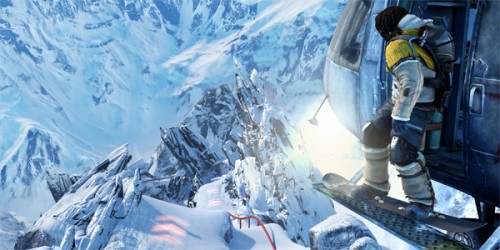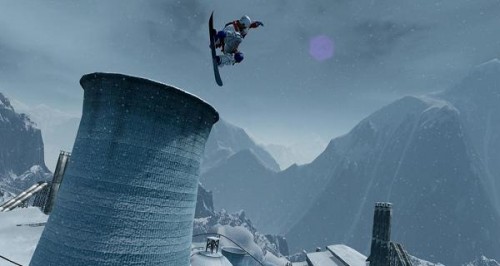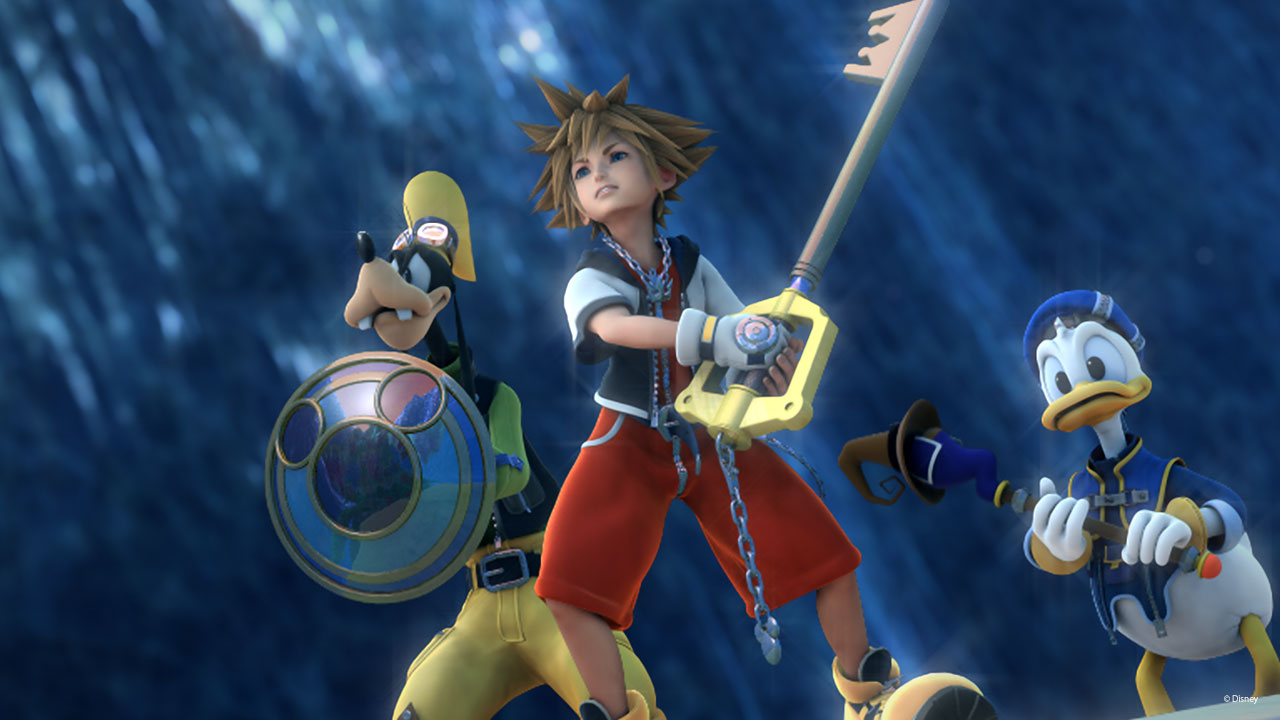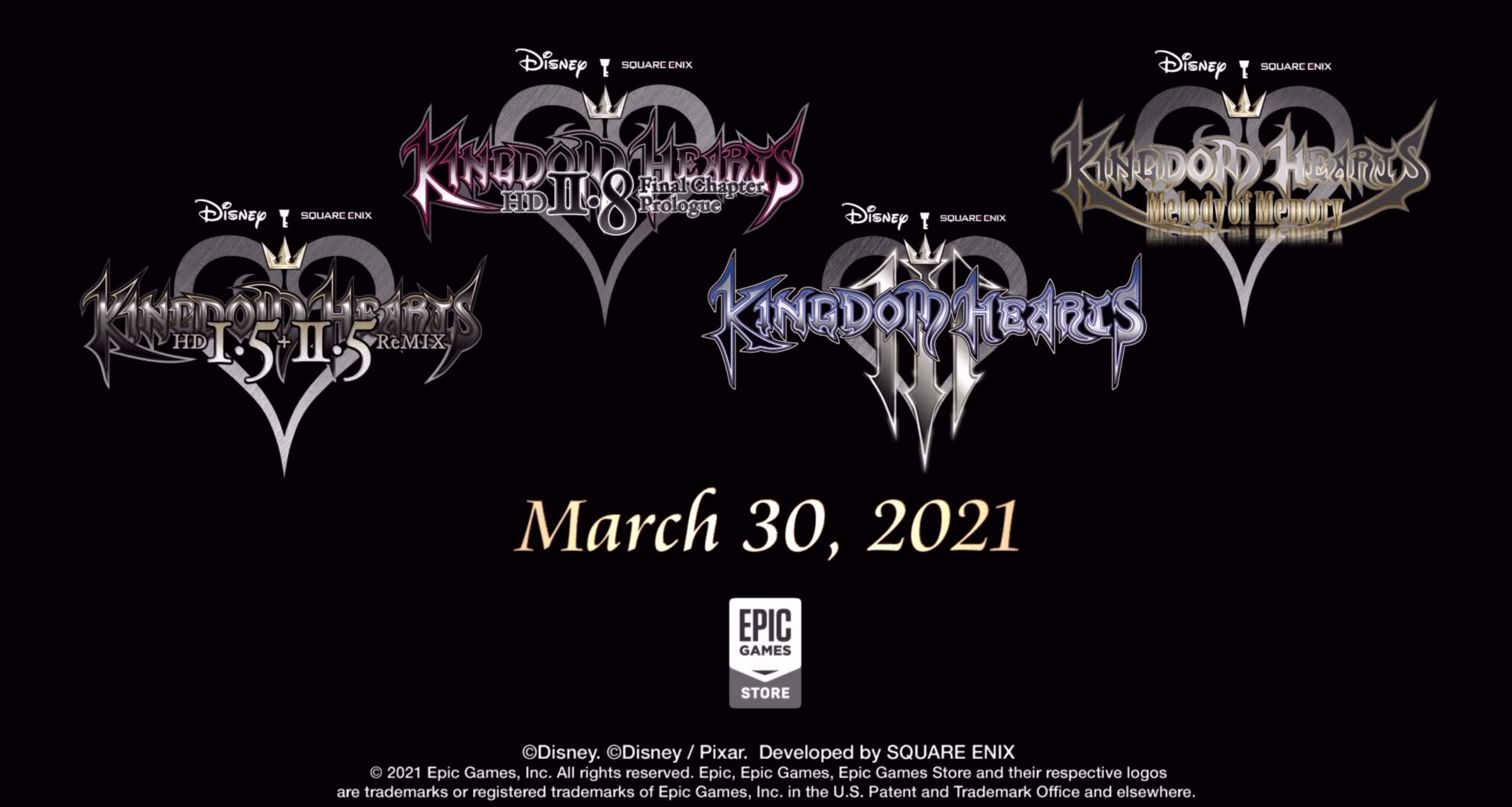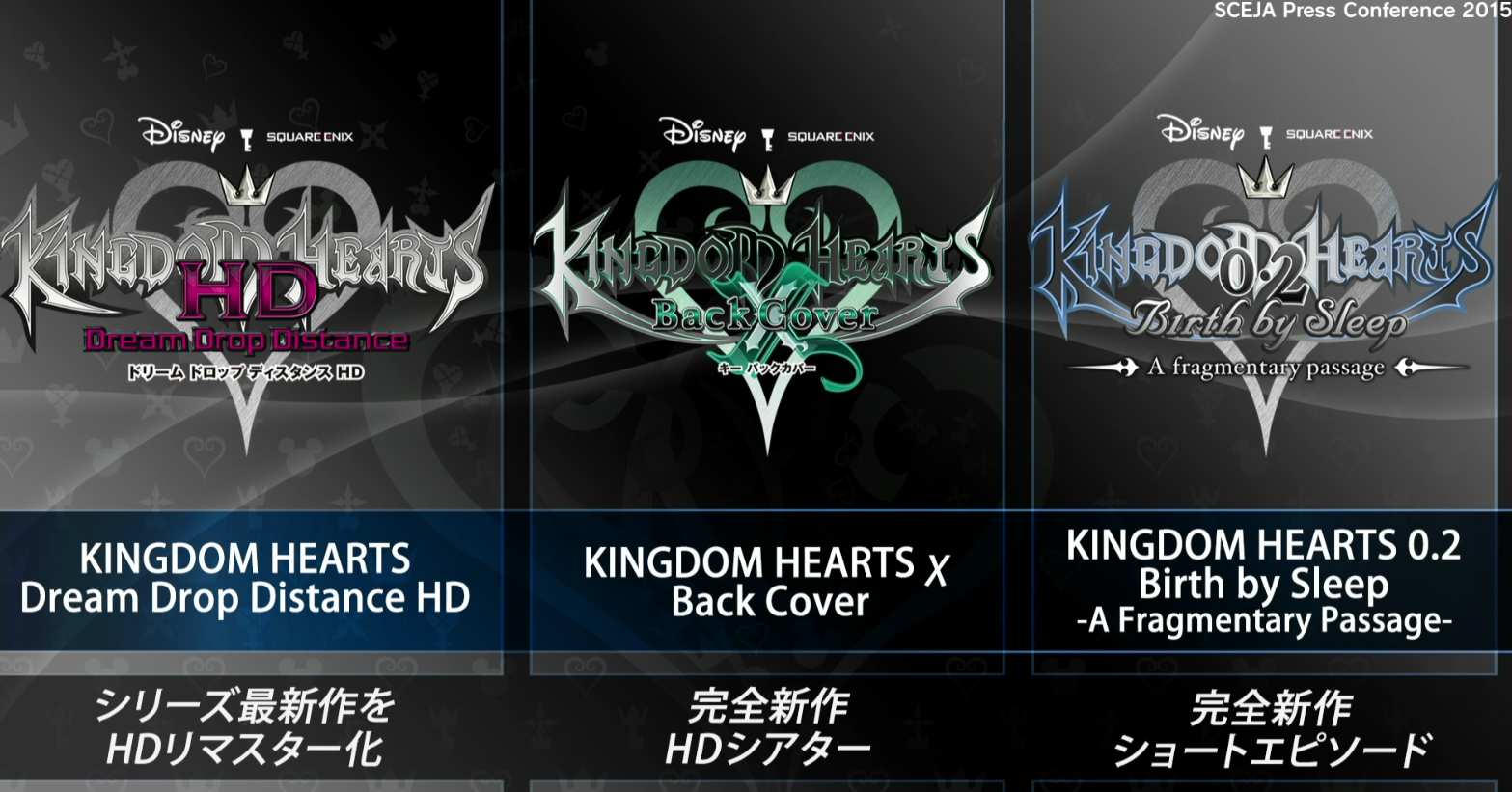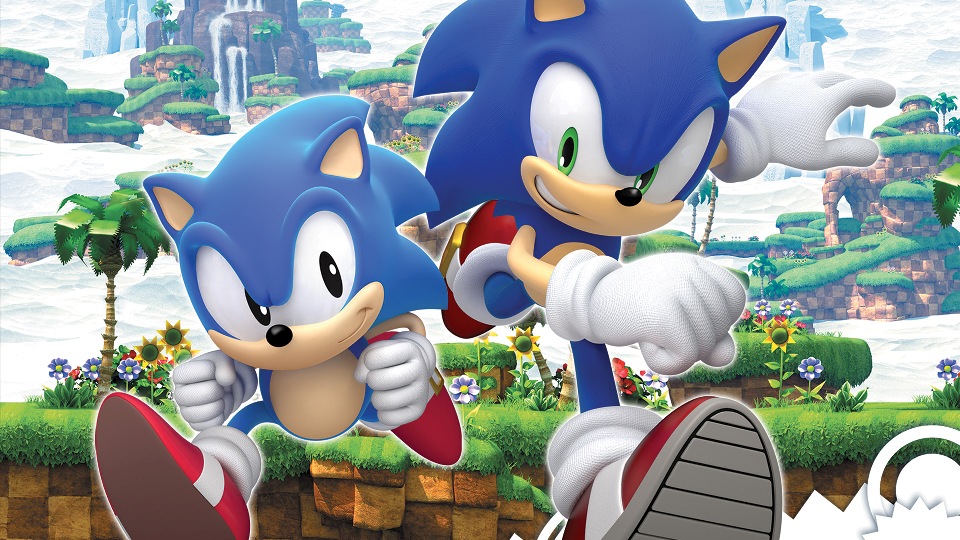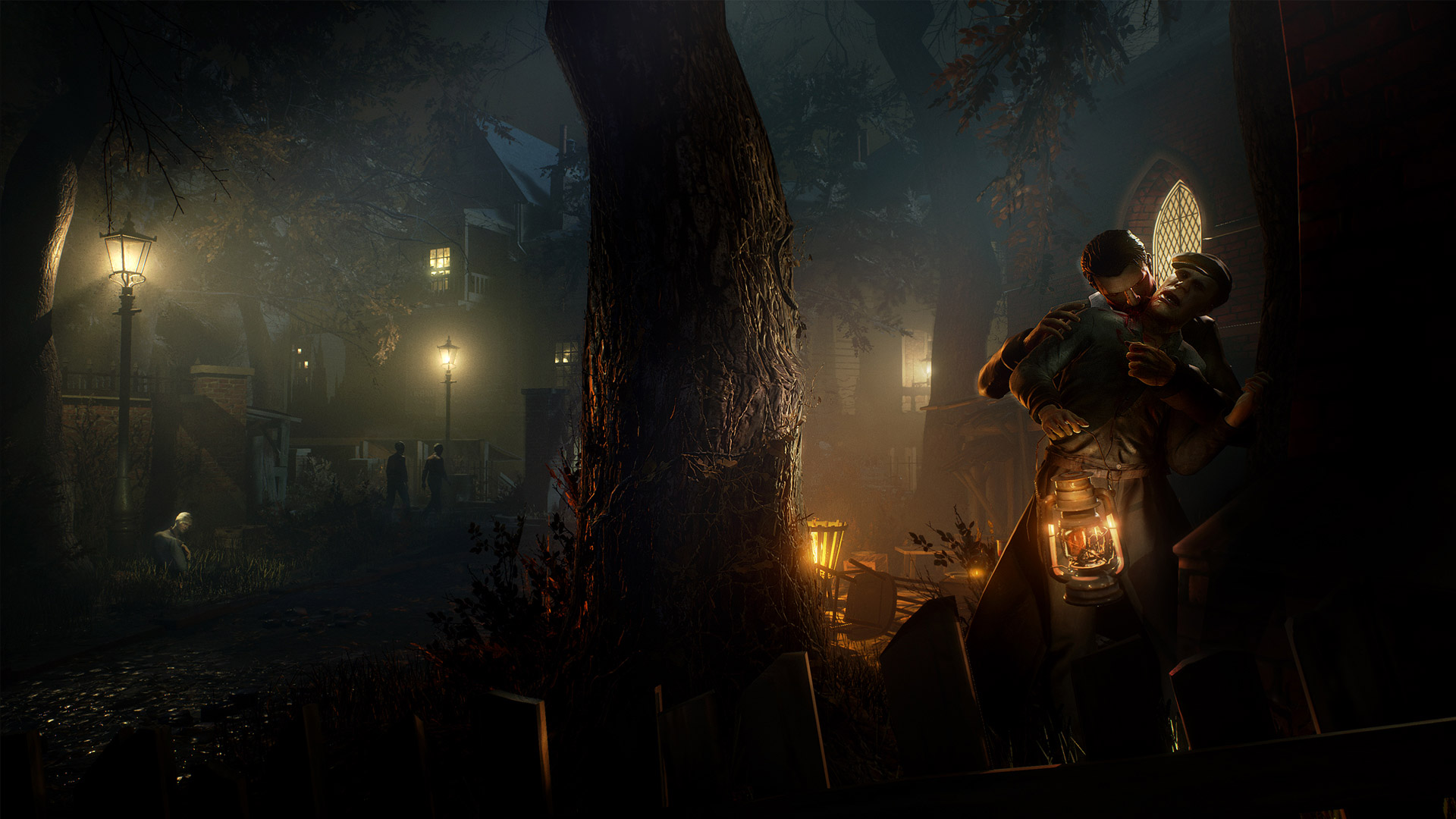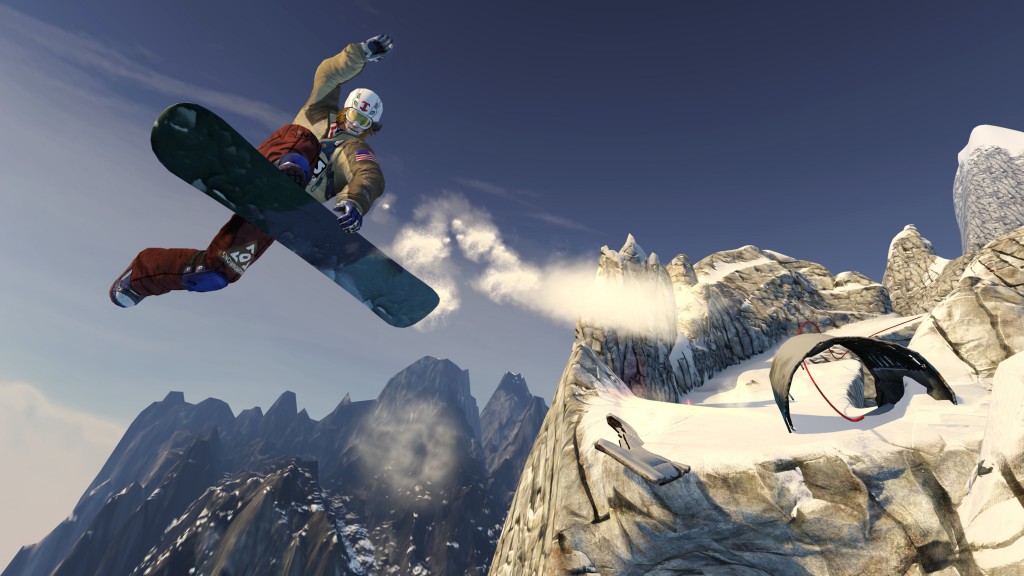
SSX is a game at war with itself. EA Games was evidently aware of the yearning of fans of the snowboarding franchise, bringing this latest entry to market some 5 years since the release of the Wii’s SSX Blur, but it appears to have been unable satisfactorily reconcile the aspects of the series which have won it a place in the hearts of gamers with the perceived wants of modern gaming audiences. Gone is the effervescent funkiness of SSX 3 in favour of a game with a grittier, more ‘realistic’ boarding aesthetic, featuring over 150 death-defying drops modeled on real mountains and a host of deadly obstacles to overcome. Although EA has dropped the Deadly Descents subtitle under which SSX was originally announced, the inherent tension of the game’s development is all too apparent. At first blush, it appears that all vestiges of the franchise have been lost, sad casualties of the studio-mandated concessions to the post-Modern Warfare landscape. Dig a little deeper though, and look beyond the mixed messages, and it soon becomes clear that the soul of SSX lingers on in the most exhilarating of ways.
On the surface, SSX is a handsome game. If previous games in the series leaned towards garish flare, the 2012 entry is a more sombre affair, although this is not to suggest that it is anything less than exhilarating to watch. Bouncing, leaping and carving one’s way down a slope in the Himalayas is oftentimes glorious and exciting to behold, and although it is disappointing to see series regulars such as Zoe reduced to dull, scowling archetypes, the mixture of the game’s sense of speed and an eclectic licensed score (which reacts dynamically to choreograph the visual action) often creates a mesmerising experience. In its best moments, when sound and visuals complement the free-flowing gameplay, SSX proves to be euphoric and addictive.
It is slightly disappointing, then, that EA seems to have gone of its way to undermine its game’s best qualities. Chief among the problems of SSX is its wholly inconsistent track design; while EA had the benefit of utilising NASA satellites to accurately model real-world mountains, its apparent that realism is not something entirely beneficial to the SSX formula, with its emphasis on speed, flow and tricking. Some tracks, such as those in Africa and Antarctica, boast a multitude of tight, labyrinthine tunnels, and bottomless crevasses, all of which serve to break up the flow of the action and discourage both speed and tricks. The issues engendered by such finicky, brutal course designs are unfortunately compounded by controls that are far too loose for the precision demanded. The game’s single player ‘World Tour’ mode serves as something of a story mode, and it too serves only to highlight the issues with the track design. Split up across 9 geographical regions, with each offering up multitude of race and trick events, the game’s de facto ‘story mode’ focuses on nine ‘Deadly Descents’, a series of perilous tracks with their own gimmicks to be overcome, such as ice, darkness, gravity, thin air, trees and rocks. While the individual events on the more open tracks are often hugely enjoyable, the survival-based events and ‘Deadly Descents’ drag the experience down, relying on the use of equipment such as wing suits (for gliding), oxygen tanks (for breathing) and headlamps (for visibility in extreme darkness), none of which are enjoyable or complement the series’ strengths. Such chaffing concessions to ‘gritty’ realism reek of a kitchen-sink approach to game design, and serve only to distance SSX from the simple joy of going down a mountain very fast and performing trick combos.
Other stumbling design choices also hamper the experience; although a ‘rewind’ function exists, ostensibly to alleviate frustration by allowing players to wind back time to redo a whiffed landing or misjudged turn, the mechanic is infuriating on account of the fact that rewinding time for the player has no impact on other riders, making it more advantageous for a player to restart a drop than to attempt to fix mistakes by way of a slow, overly-punitive rewind feature. The staccato rhythm of the gameplay is worsened by frequent, irritating loading screens between restarts, which do nothing but break up the action and destroy game’s momentum. Why EA couldn’t simply have implemented a ‘reset to track’ option is a lingering question.
Luckily, SSX fares much better in its ‘Explore’ mode, which showcases its many tracks (over 150 in all, of which approximately half are sublime) and allows players to freely choose trick, race or survival events at their discretion with the aim of achieving gold medal scores and times. Success in ‘Explore’ mode is tallied by player’s medals and results being posted to and recorded on ‘RiderNet’, the SSX equivalent to the online ‘Autolog’ system debuted in Criterion’s Need for Speed: Hot Pursuit. Allowing players to add and keep track of, and challenge their rivals brings (friendly?) competition to the forefront of the SSX experience, and the game is all the better for it, with few experiences able to match the giddy thrill of defeating a friend’s recorded ‘ghost’ data and robbing them of their seat atop the leaderboard.
Ultimately, the asynchronous nature of SSX‘s multiplayer suite is its greatest asset and most significant contributions to the series as a whole. While the lack of local split-screen multiplayer is unfortunate, the presence of constant, dynamic competition affords the game an almost limitless lifespan, albeit on which will vary depending on the quality and number of one’s friends’ list. The ability to filter the best tracks and events and take on human foes at one’s own pace, without need for clunky online lobbies or jarring disconnections, is the saving grace of SSX, and a harbinger of promise for the future of the franchise.
What one has in SSX, then, is a game of two halves. The first is a intermittently frustrating slog under the auspice of gritty realism; the second is a speedy, expressive iteration of one of gaming’s most-beloved extreme sports properties. That the game oscillates so frequently between two such divergent extremes, between fun and frustration, excellence and awfulness, is a bitter disappointment. There is a transcendent experience lurking in the heart of SSX, and when it surfaces, the game is the awesome revival fans of the original games might have hoped for. Consistency and focus are key, however, and in SSX there is little of either on display. By emphasising quantity over quality, grit over gaudiness, and realism over simplicity, EA has undone a lot of its own great work and handed in a good game which only occasionally achieves the true excellence of which it is capable of delivering. Cautiously recommended.
Generous in Content | Addicting Asynchronous Multiplayer | Some Exhilarating, Gorgeous Tracks
Some Maddening, Terrible Track Design | Unwelcome Emphasis on Bland Realism

